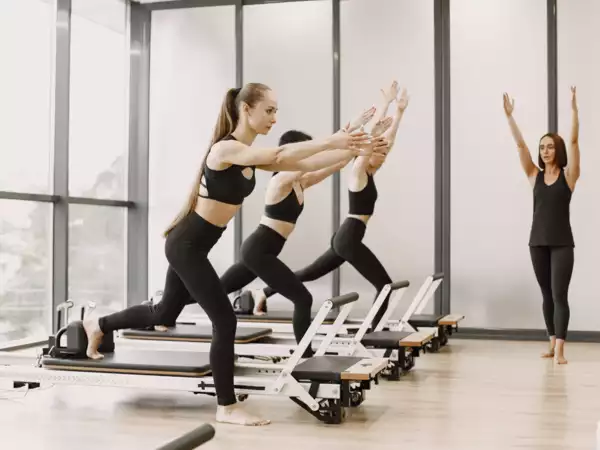Once considered a niche fitness trend, Pilates is now cementing its place in modern preventive medicine and holistic health routines. Developed more than a century ago by German physical trainer Joseph Pilates, the low-impact exercise method is now backed by growing scientific evidence, linking it to 19 measurable physical and psychological benefits.
From core strengthening and pain relief to improved mental clarity and immune support, Pilates has emerged as a well-rounded practice adaptable to nearly every age and fitness level.
Strength at the Center: The Core Advantage
At the heart of Pilates lies its most widely recognized benefit: core strength. By targeting the deep abdominal muscles, pelvic floor, and spine-stabilizing muscles, the technique not only sculpts a toned midsection but also contributes to improved posture, balance, and mobility. Experts say this core-centric approach explains its effectiveness in reducing lower back pain and enhancing daily function.
“Pilates is one of the few exercise regimens that emphasize spinal alignment and controlled breathing with every movement,” said Dr. Emily Waters, a physiotherapist specializing in musculoskeletal rehabilitation. “This makes it especially useful for people with postural issues or chronic pain.”
More Than Movement: A Mind-Body Connection
Pilates’ benefits extend beyond muscle tone. Research now links regular practice to better mental health outcomes, including reduced anxiety, improved sleep quality, and enhanced cognitive function. The conscious control of breath—central to Pilates methodology—has been shown to activate the parasympathetic nervous system, helping to reduce stress and promote relaxation.
In older adults, Pilates also improves proprioception—the body’s awareness of its position in space—reducing the risk of falls and injuries. This quality has made it particularly popular among seniors and those in post-injury rehabilitation.
A Tool for Lifelong Fitness
Unlike high-impact workouts, Pilates is gentle on the joints and customizable for all life stages, from pregnancy to advanced age. For athletes, it sharpens coordination and muscle balance. For desk-bound workers, it counters hours of static posture with mobility and spinal decompression. And for those new to fitness, it provides a safe, structured way to build strength.
“Pilates isn’t about pushing the body to its limits,” said wellness coach Priya Sharma. “It’s about retraining how you move so that you’re stronger, safer, and more efficient in everything you do.”
A Pathway to Holistic Health
From improved bone density and better sexual health to boosted circulation and immunity, Pilates is being increasingly integrated into medical and therapeutic programs. In many clinics, it is prescribed as part of physical therapy for conditions ranging from arthritis to scoliosis.
As healthcare increasingly embraces preventive approaches, Pilates is gaining attention not just as an exercise regimen, but as a form of movement medicine.


